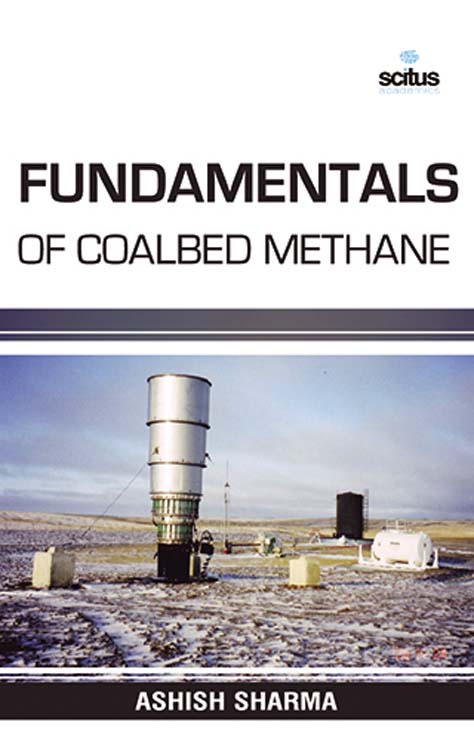We will discuss various aspect of technology for the evaluation and development of coalbed methane (CBM) reservoirs. This article discusses the gas storage and flow mechanism in CBM reservoirs, their differences with conventional gas reservoirs, and their impact on production behavior. In addition, the impact of mechanical properties of coal on CBM reservoirs is discussed.
Coalbed methane (CBM) or coal-bed methane is a form of natural gas extracted from coal beds. In recent decades it has become an important source of energy in United States, Canada, Australia, and other countries.
The term refers to methane adsorbed into the solid matrix of the coal. It is called ‘sweet gas’ because of its lack of hydrogen sulfide. The presence of this gas is well known from its occurrence in underground coal mining, where it presents a serious safety risk. Coalbed methane is distinct from a typical sandstone or other conventional gas reservoir, as the methane is stored within the coal by a process called adsorption. The methane is in a near-liquid state, lining the inside of pores within the coal (called the matrix). The open fractures in the coal (called the cleats) can also contain free gas or can be saturated with water.













